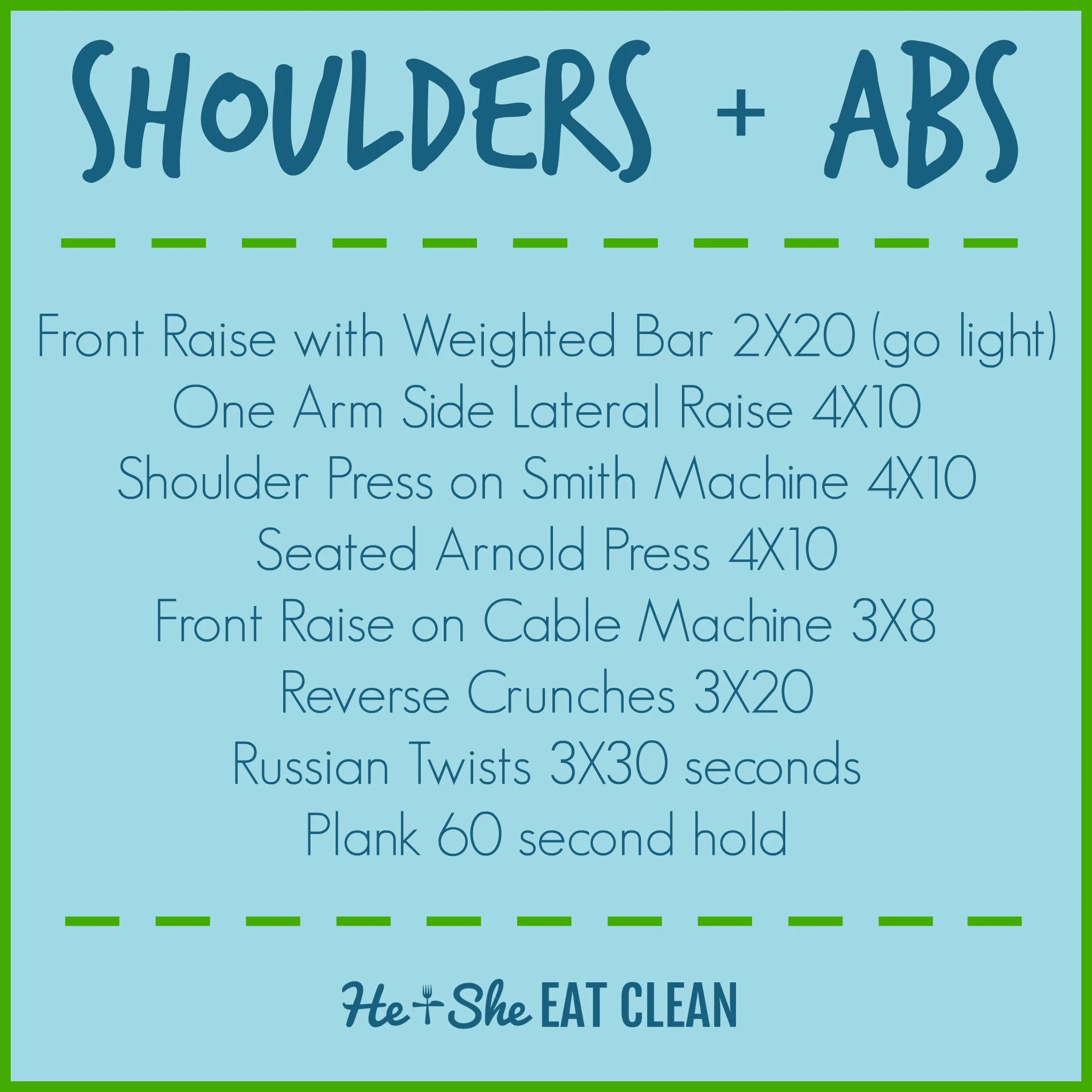It's not hard to get injured running, especially because the nature of the movement and workout focuses solely on repetitive motion. Luckily, there quite a few things you can do to prevent running injuries. Below you will find five of our best pieces of advice for preventing injuries while running and doing other forms of cardio.
5 Easy Ways to Prevent Running Injuries
1. Check Your Posture.
Running in a compromising postural position is one of the worst things you can do for your body and your training. Your spine supports your body not only through your workouts but also your daily tasks.
Here's what you should be looking for during your runs:
- Adopt a forward body position. If someone was to take a picture, it would look like you were propelling yourself forward, not upright. Remember to keep your entire body forward, do not bend at the hips.
- Shoulders should be rolled back, away from your ears. When we are working hard, we tend to create pressure in our neck and spine by shrugging our shoulders upward toward our ears. Press them down and roll them backward (not in an over-exaggerated way) to prevent neck and shoulder pain and tension.
- Keep your arm swing compact. Don't get us wrong, we want you to move and use your arms, but keeping them close to your body and compact will not only save you energy, but it will also alleviate pressure on your spine from unnecessary twisting action.
- Land with your knees bent. Don't make your knees absorb all of your body weight with each foot strike! Take a load off and soften the blow by keeping your knees bent as your foot strikes the ground.
2. Warm Up, Stretch and Cool Down.
Why are we so excited to start our workouts that we don't view warming up as part of our workout? Who knows, but it's something that will make or break your ability to help prevent yourself from becoming injured. Working out on cold muscles will lead to all sorts of problems, including pulled-muscles, spasm, and decreased strength and stamina to name a few.
Stretching after warming up and before cooling down is optimal when running. It helps to elongate the muscle fibers and aids in recovery from the tough workout that you just completed. Cooling down is equally important. This can be as simple as walking for a few minutes after your workout, but taking that heart rate down slowly is the healthy way to end exercise. Stopping abruptly from your workout, especially while your heart rate is elevated can case irrevocable damage to your heart!
3. Add in Strength Training.
Ensuring your body is fit for the run you are doing might be a little harder than you think. Running builds strength, but not exactly the same type of strength that adding in weight training to your workouts does. Incorporating weights at least 2-3 times per week to your training regimen will help to close the gap between any strength imbalances you currently have and help you gain endurance to push that extra few minutes during a tough run.
If you aren't sure where to start with adding strength training, consider our She Sweats 12-Week Run Builder program that gives you day-by-day exercises for 12-weeks AND incorporates running/cardio exercise into the workout plan.
4. Allow for Adequate Rest Time or Take a Break from Running for a Few Weeks.
Your body needs time to recover - to rebuild your muscles and to rest. Don't throw away the progress you have made during your workouts because you are afraid to take a day off! You will see more gains when you allow your body to rest than when you continuously train. Don't fall victim to overtraining!
Don't want to sit around for a few weeks while you take a rest? Kill two birds with one stone and complete our She Sweats 6-Week Run Recovery workouts.
5. Get New Running Shoes and Ensure You Have a Proper Fit.
If you are having issues with shin splints or falling arches, you might not have the support you need in your shoes. If your shoes are well past their prime, it's time to get new ones! Don't risk injury just to get a few more dollars worth out of your old running shoes - you will spend more money at the chiropractor and on pain killers!
So many of us go to our favorite athletic store or online and pick out a pair of running shoes that we think will work for us and then we are off and running (literally). Although you might have to pay a few extra bucks if you shop the small, local running store, you will get much more sound advice about the correct shoe for your foot, running style and needs. Nothing beats being cared for in a running store - as you run on a treadmill, your foot strike and stride are often recorded on video and analyzed right in store. You can't say you get that treatment in a big box store!
How do you prevent injury?
Don't miss these posts!
- How to Extend the Life of Your Running and Athletic Shoes
- Strength Training and Running: Why You Should Do Both!
- What to Eat Before & After Your Run! Plus, is Carb Loading Necessary?
- Cardio Explained! Plus, Ways to Mix Up Your Cardio Routine!
- FREE Running Apps You Need to Have On Your Phone
- 4-Mile, 10 Minute Pace Playlist
- Motivation to Go the Extra Mile
- 5 Easy Ways to Prevent Running Injuries
































